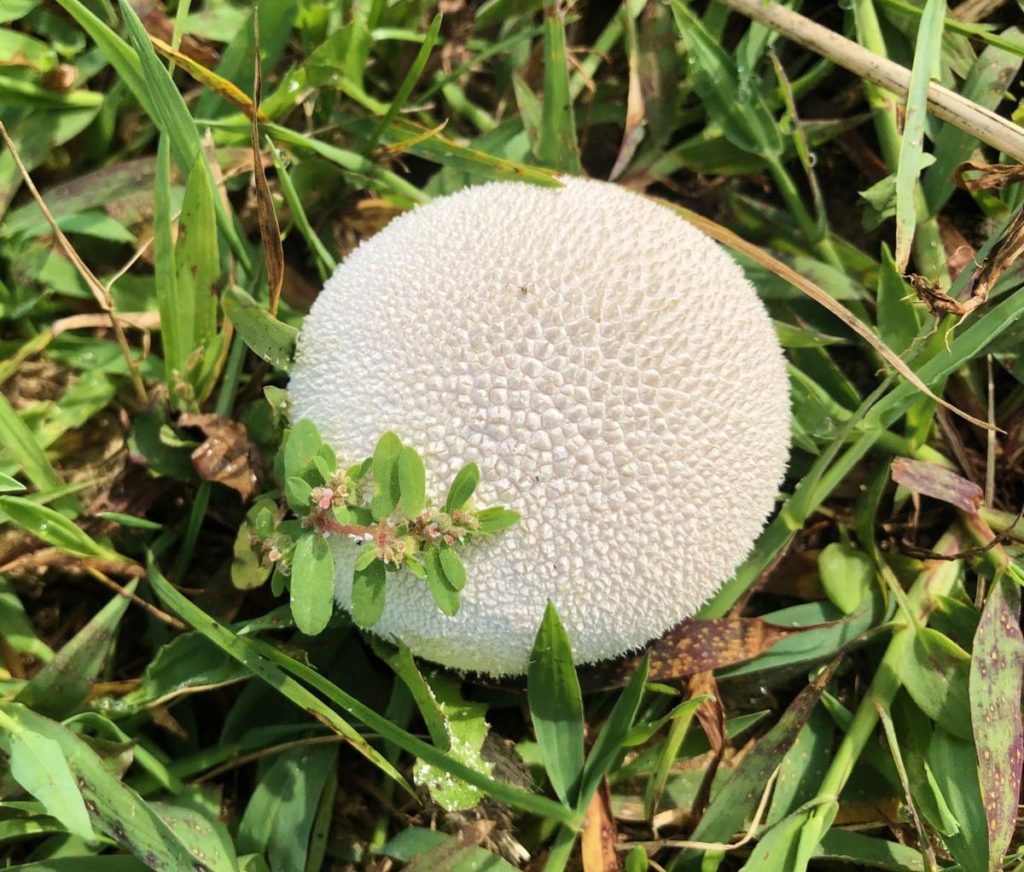Back Home by Chris Hardie
» Download this column as a Word document
» Download photos that accompany this story
» Chris Hardie’s headshot
The football was set. The lines were down. One second was left in the game. The Green Bay Packers trailed by two points.
The ball was snapped. Channeling my best Chester Marcol impersonation, I took a few steps and with a flick of my toe sent the ball soaring into the brilliant blue autumn sky. The kick was good from 64 yards — because I wanted to beat Tom Dempsey’s record — and the Packers defeated the rival Chicago Bears, 24-23.
Green Bay Packers victories when I was growing up were not frequent during the awful era of football in the 1970s. But that didn’t stop my brother, cousins and I from cheering for the team, spending Sunday afternoons in front of the TV.
I may have just kicked an NFL-record-long field goal but the celebration was brief. I needed to resume my search for the few remaining cows who hadn’t come in from the pasture for milking. I probably wouldn’t have even attempted the game-winning kick had I not spotted a big and brown giant puffball mushroom in the woods. It was a bloated fungus just waiting to explode. I could not resist.

Puffballs can be as small as marbles to as large as basketballs. They are frequent during the late summer and fall.
Recently I spotted one the size of a golf ball in our lawn. The surfaces are sometimes smooth, or might be covered with bumps or spikes. They look like balls because, unlike other mushrooms, they don’t have a stem.
My field goal was performed on a giant puffball from the genus Calvatia, which are filled with spores. The ripe mushroom can contain as many as 7 trillion spores that erupt with a puff of fungal smoke when it bursts open — either naturally or with a kick. The dry spores are supposedly effective as a coagulant.
Puffballs are actually edible — if they are completely white and don’t have any gills inside. They are part of the 30 types of mushrooms that grow wild in the Wisconsin woods that are edible, according to the Wisconsin Mycological Society.
Many take to the woods in the spring for the popular morel mushrooms. But autumn is actually the better season for fungi like honey, oyster, bearded or combs tooth, sulfur shelf, hen of the woods, shaggy mane and chanterelle.
I know many of those fungi grow on our farm, but I am somewhat flummoxed by the fall fungi foraging — even with detailed photos and descriptions found on the internet. For example, I would tend to stay away from the Craterellus fallax because it’s also called the black trumpet of death. But it’s actually a nonpoisonous mushroom — not to be confused with the Amanita phalloides, called the death cap, which can kill me.
There are experienced foragers who can point to the differences. The Wisconsin Mycology Society offers guided forays throughout the spring and fall. The next one is Oct. 5 at Point Beach State Park in eastern Wisconsin. Visit wisconsinmycologicalsociety.org/forays for more information.
For the record, all mushrooms are fungi, but not all fungi are mushrooms. I learned this many years ago when I did a feature on fall fungal foragers. I interviewed Tom Volk, a professor of biology at the University of Wisconsin-La Crosse who is internationally recognized for his work in mycology. That’s the study of fungi, mold and mushrooms. He has worked on mushroom cultivation, fungal-biodiversity studies. He even created tomvolkfungi.net that has fascinating information about the “fungus of the month” and all things fungi.
Trust me. It’s a topic that sort of grows on you.
Chris Hardie spent more than 30 years as a reporter, editor



